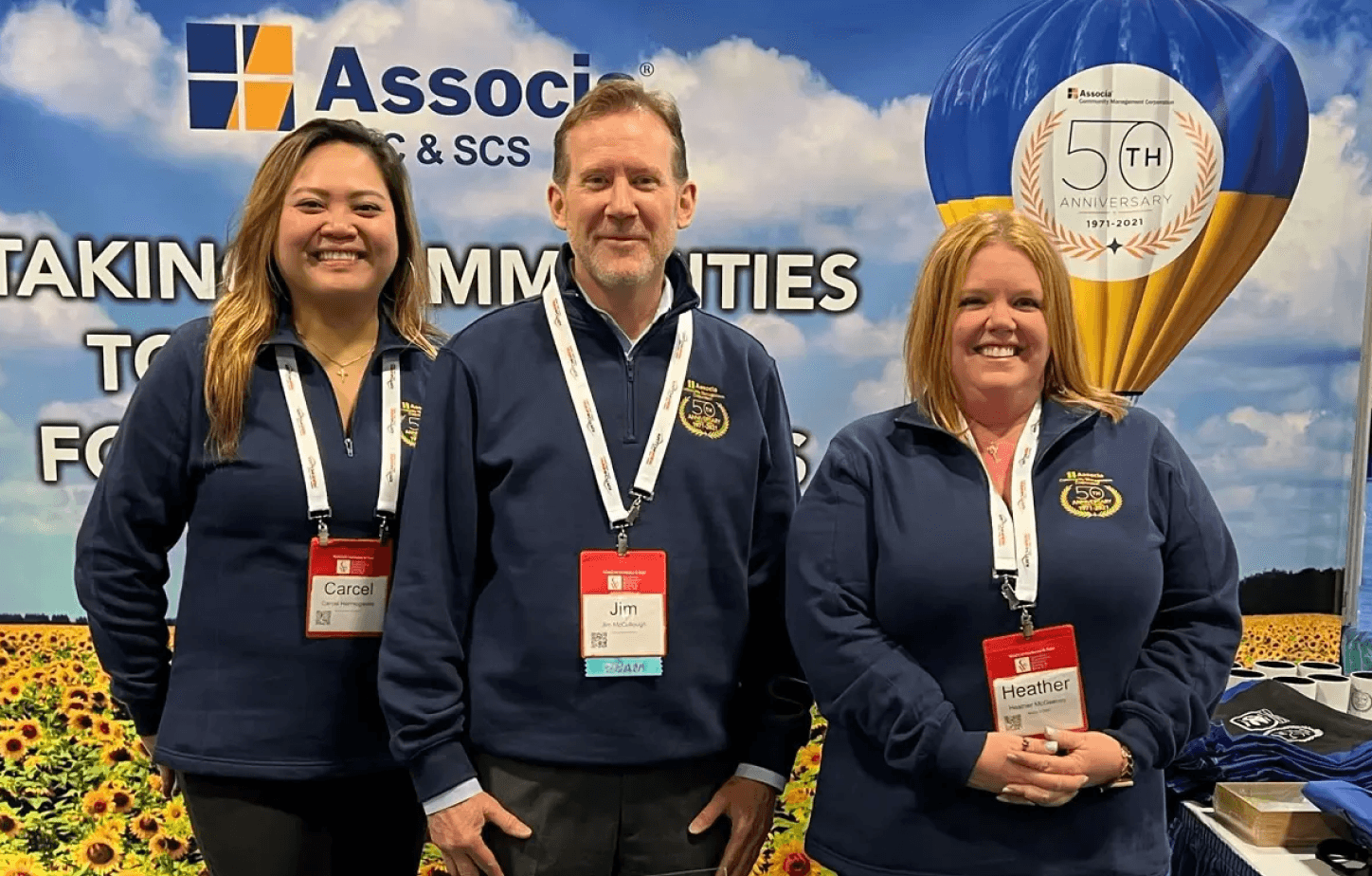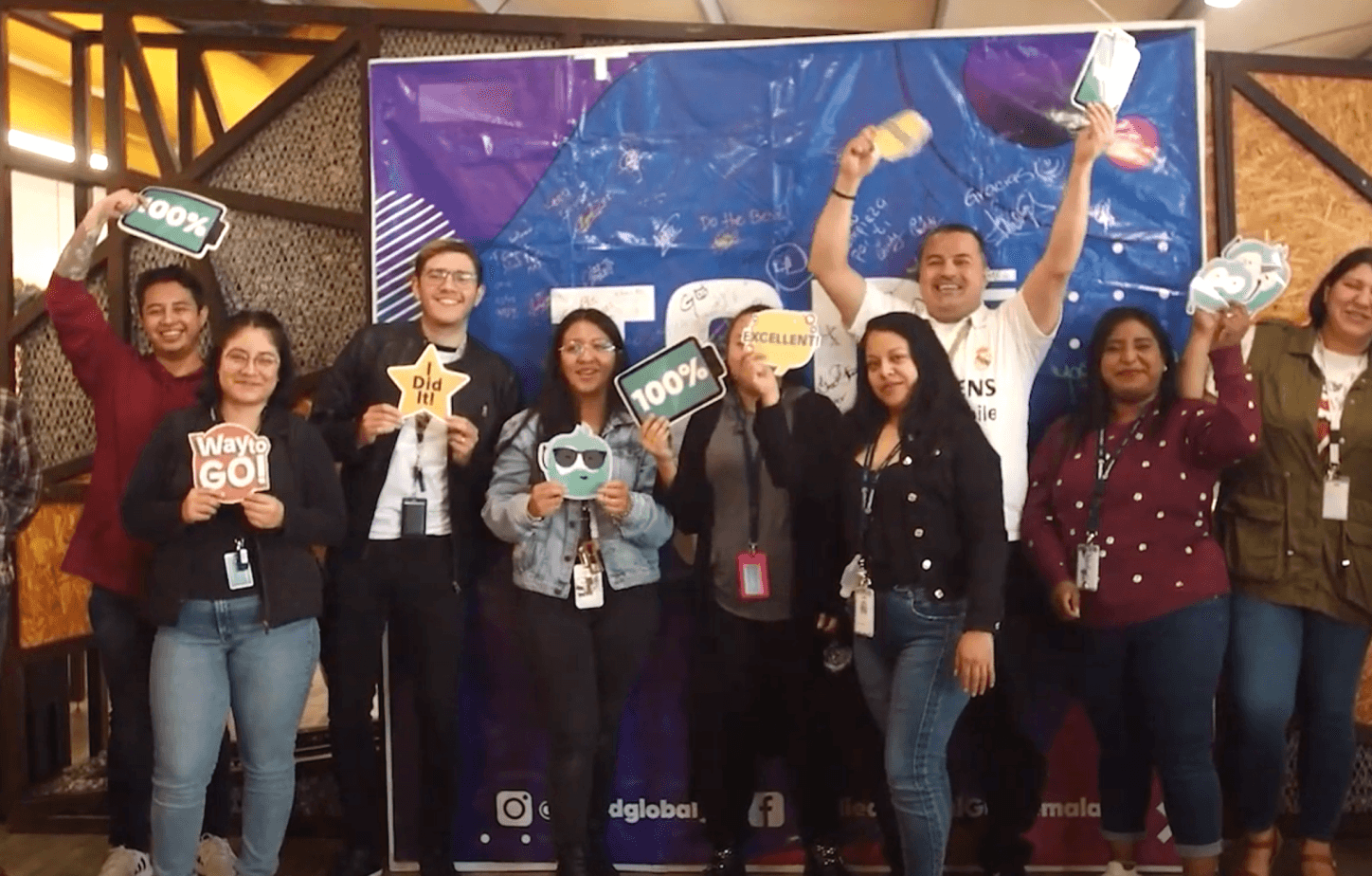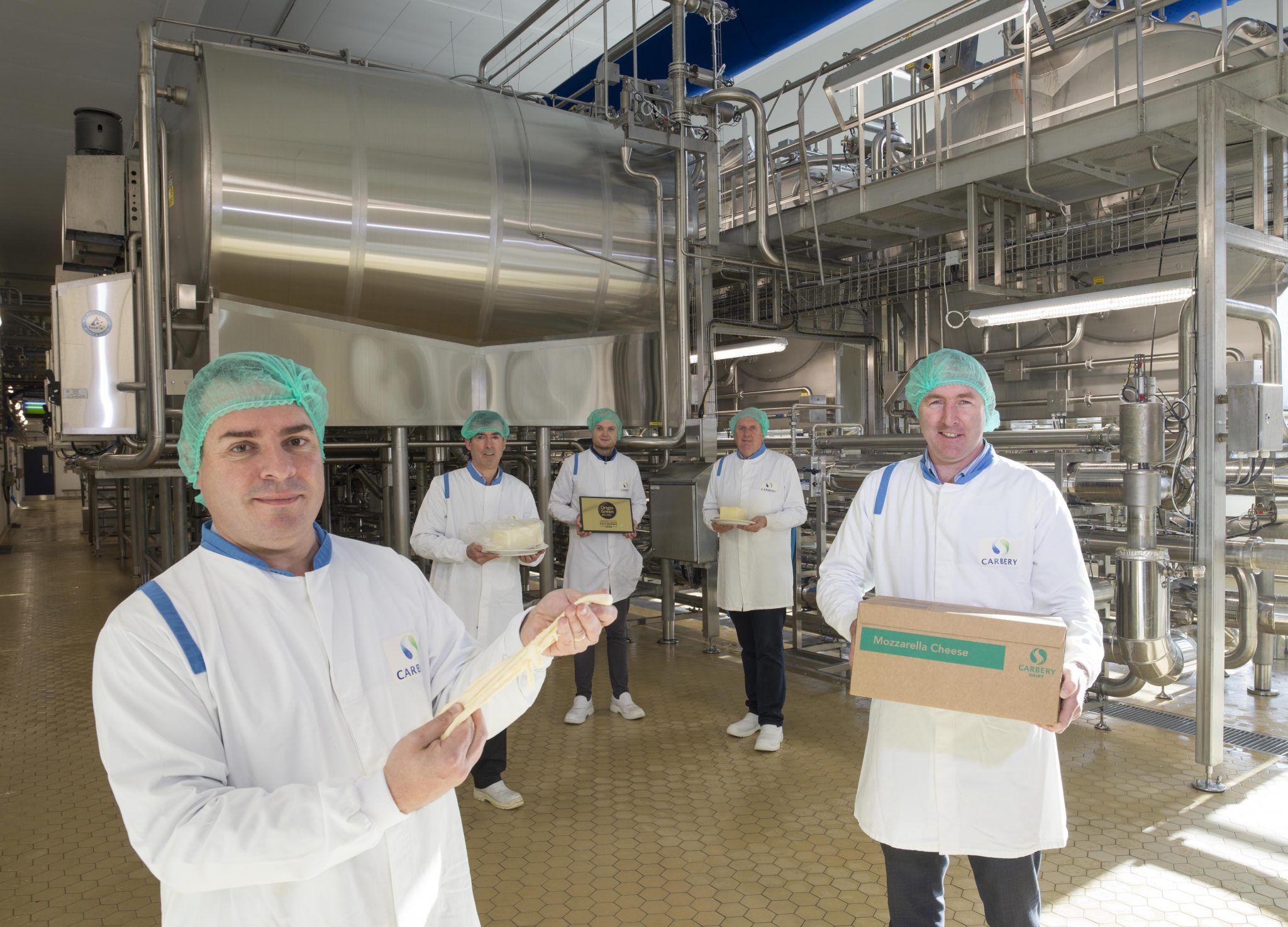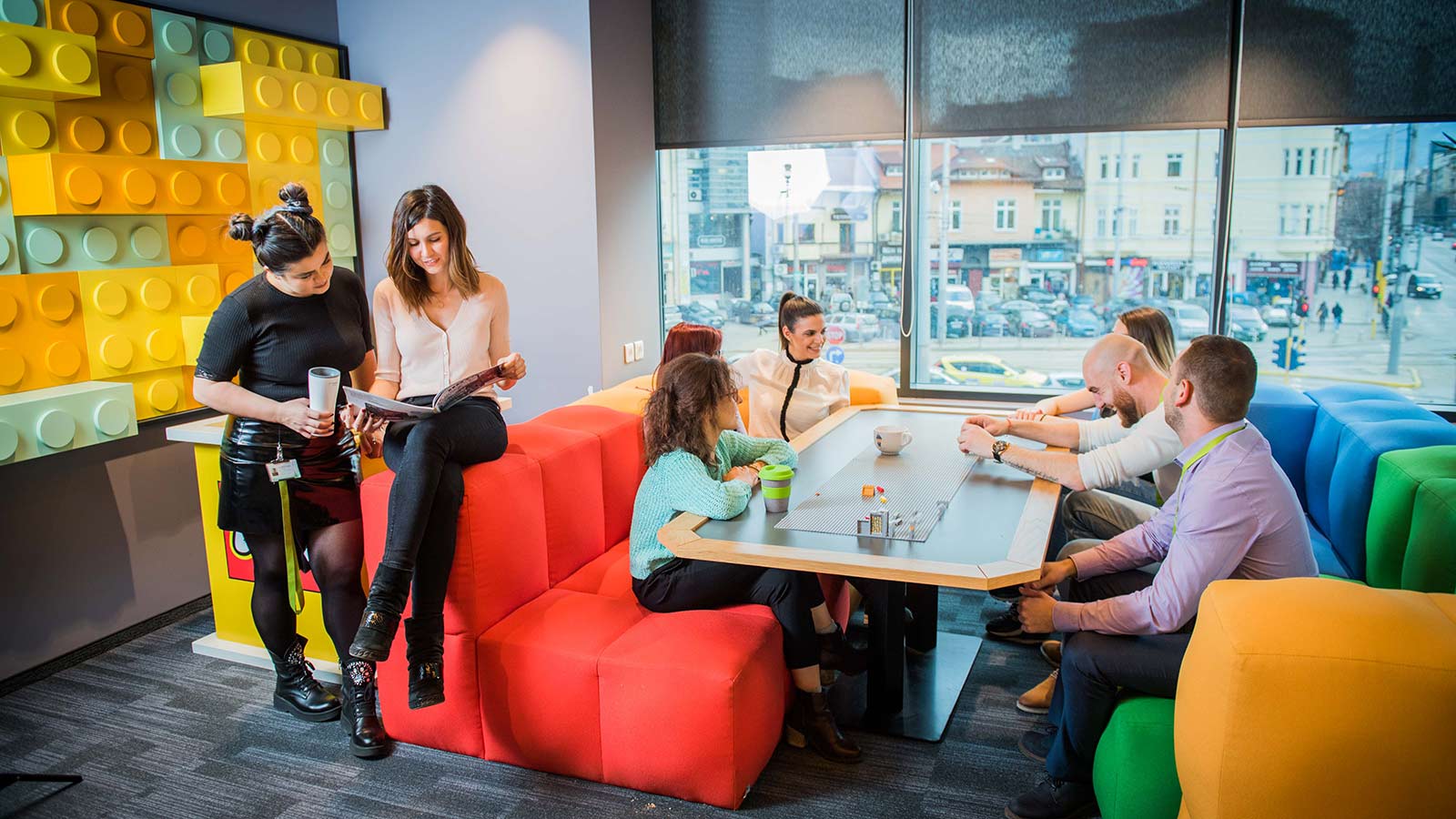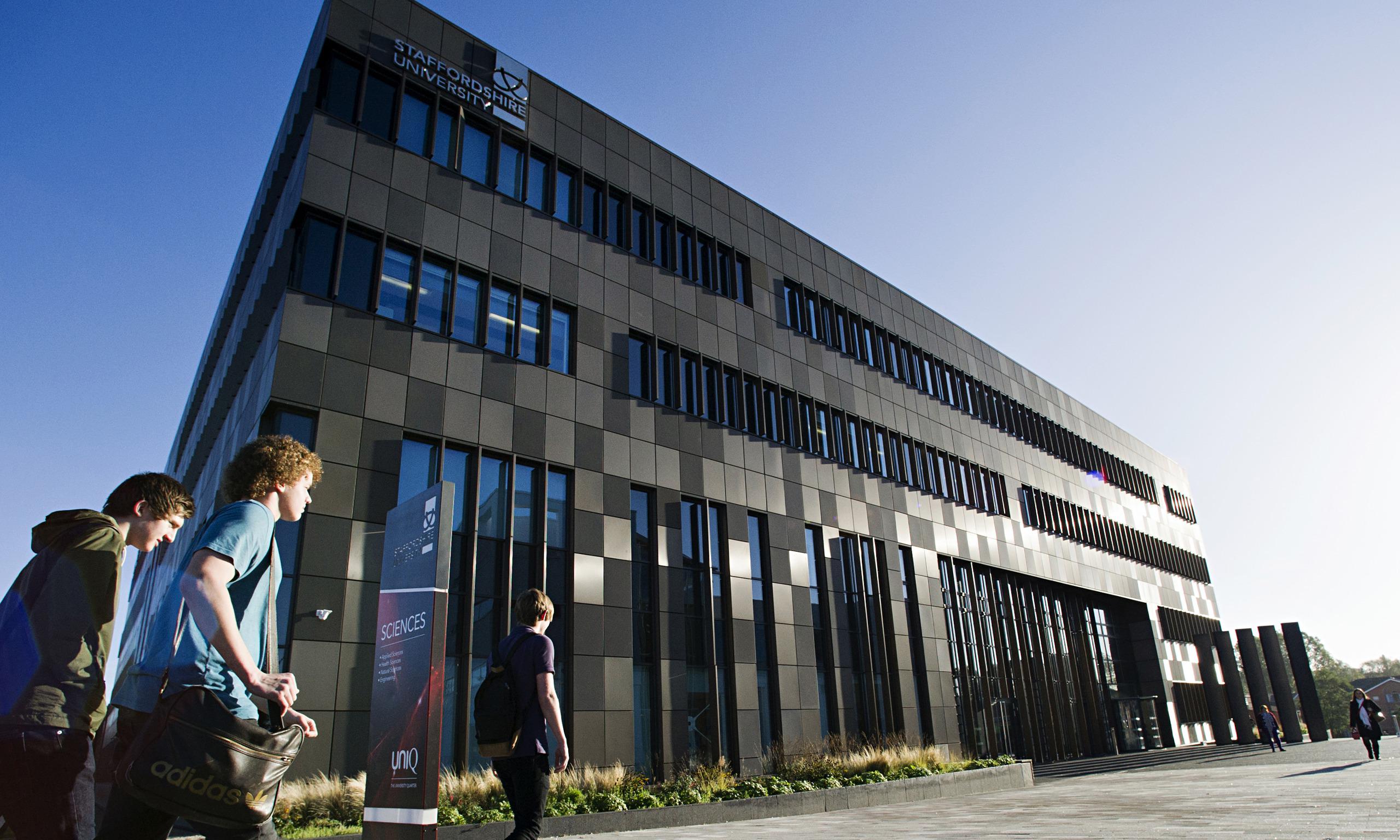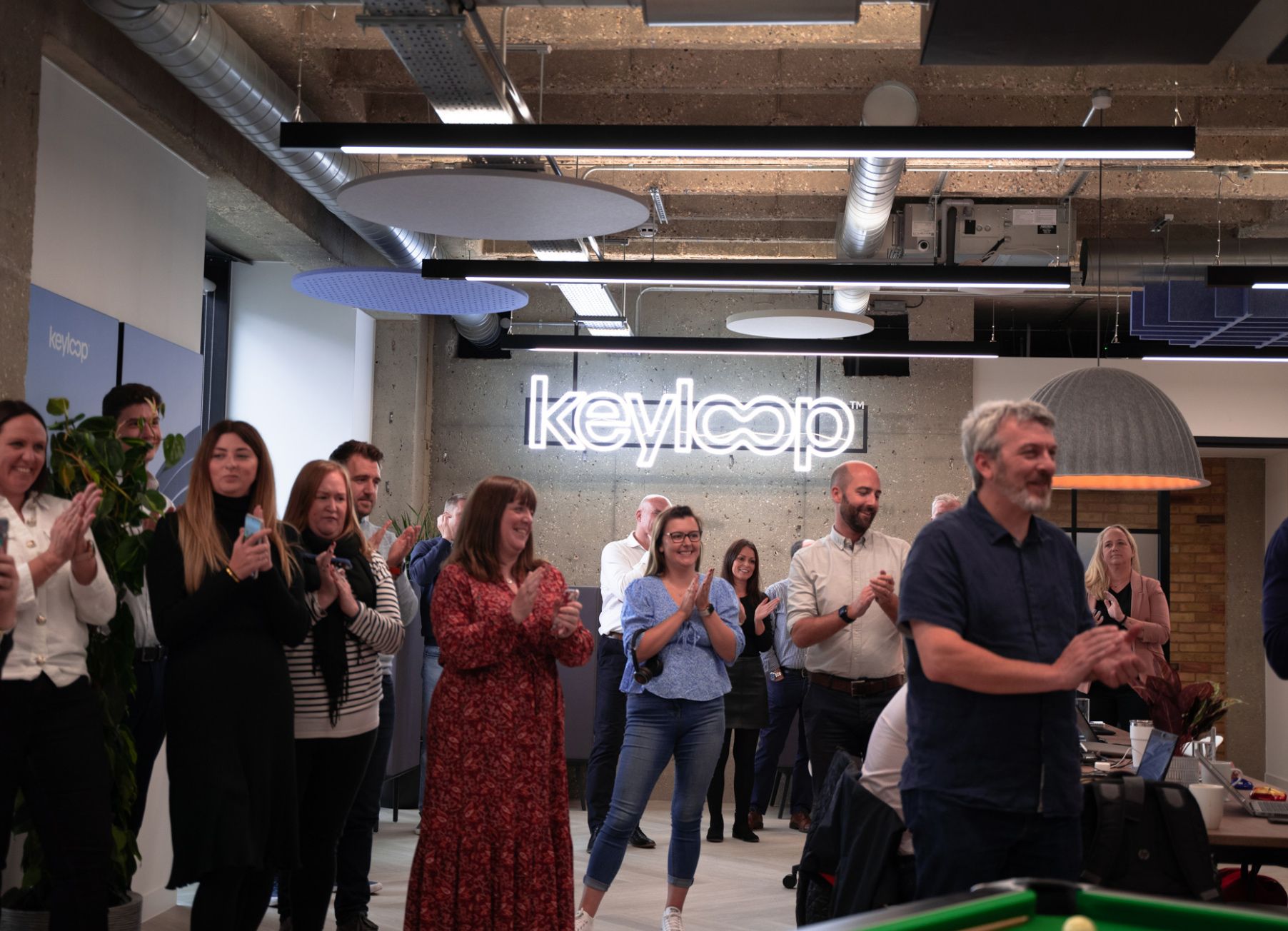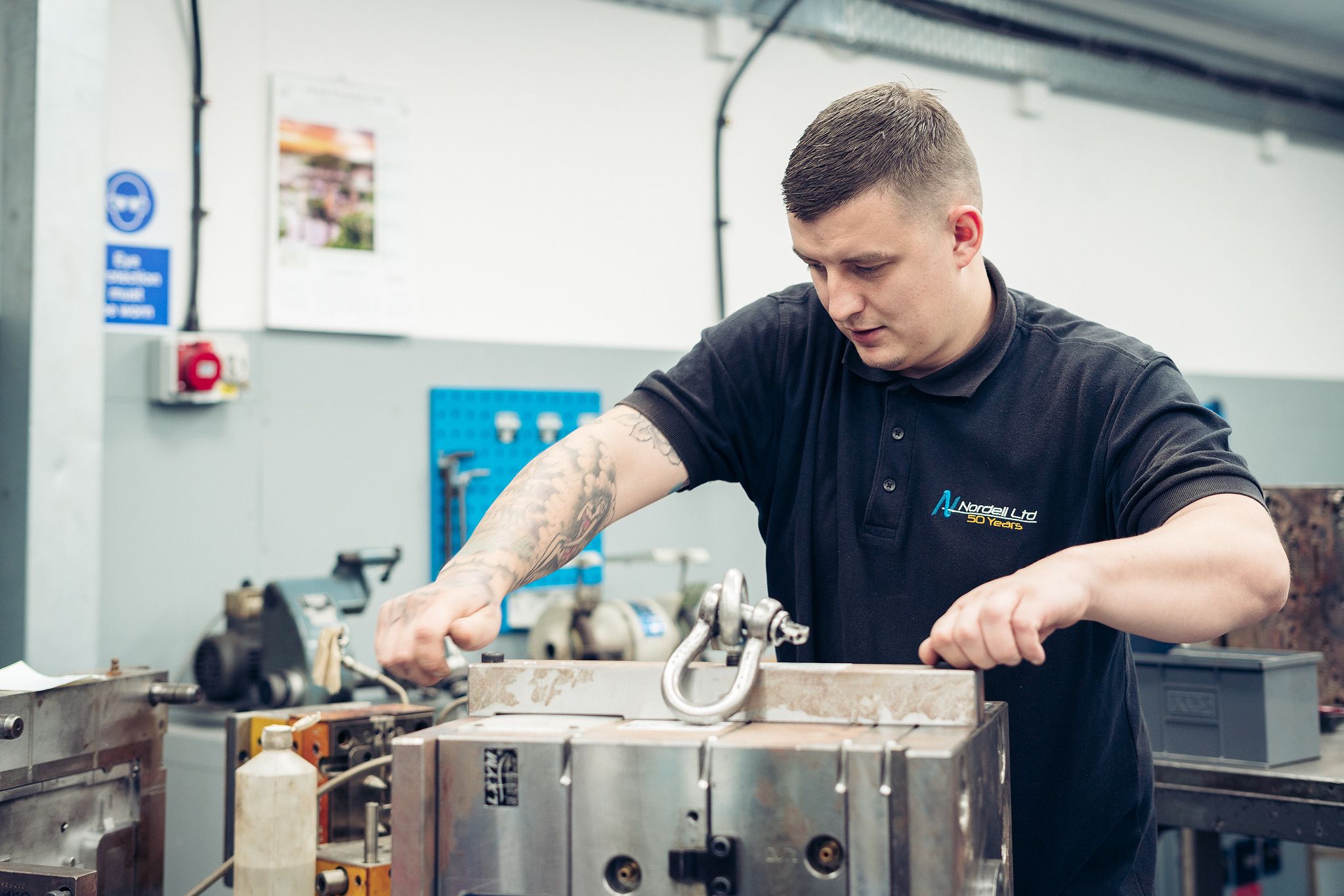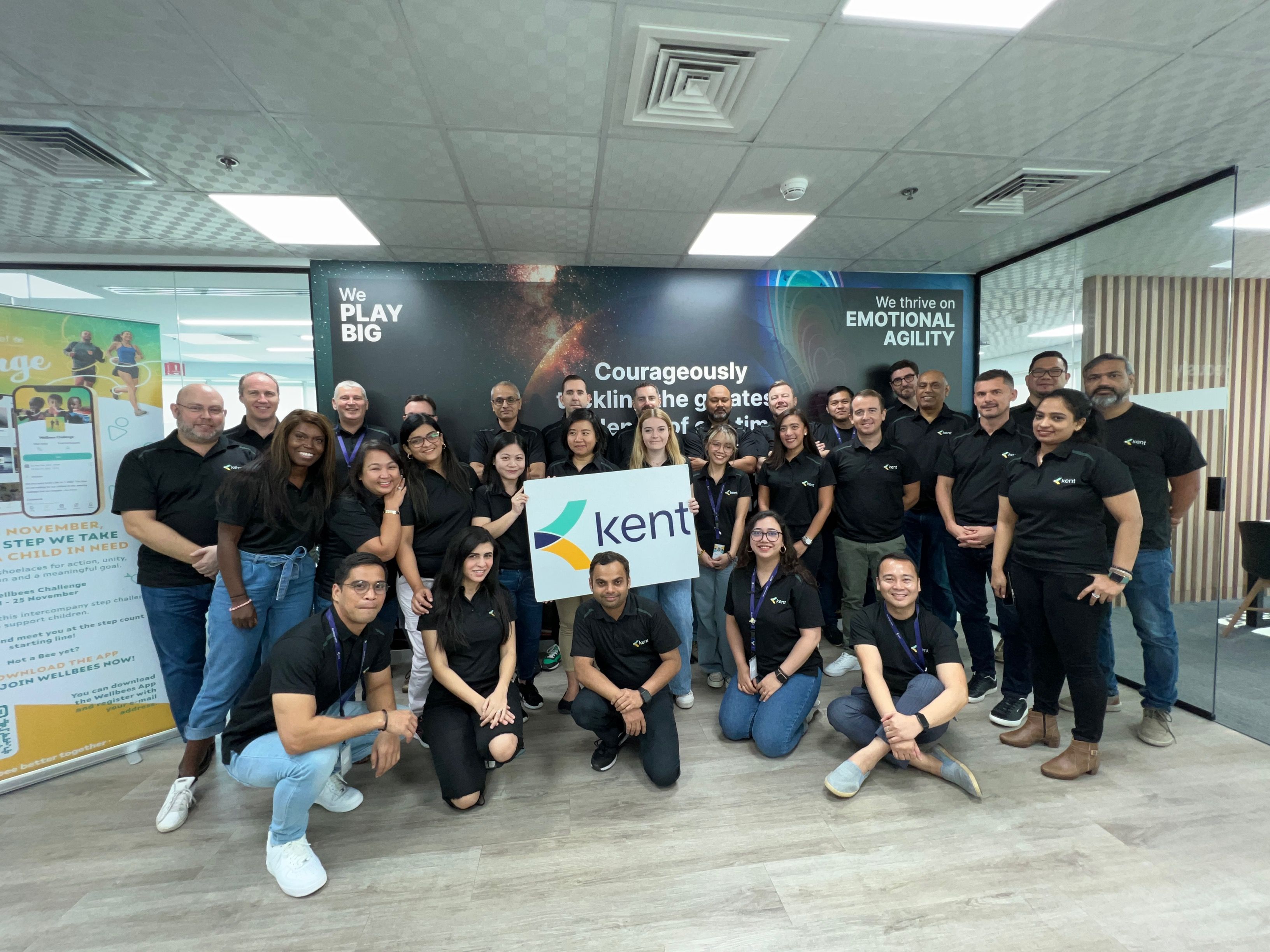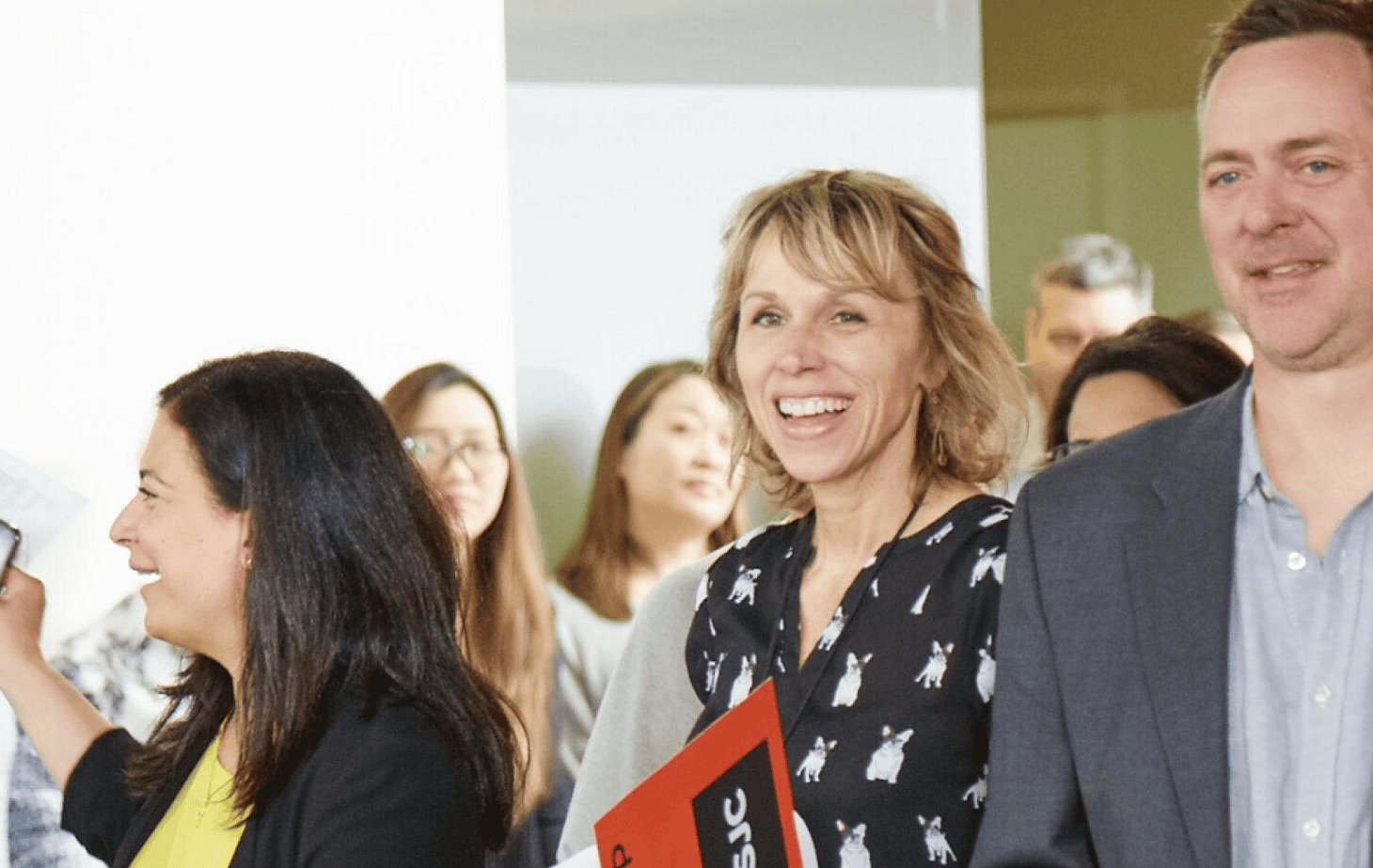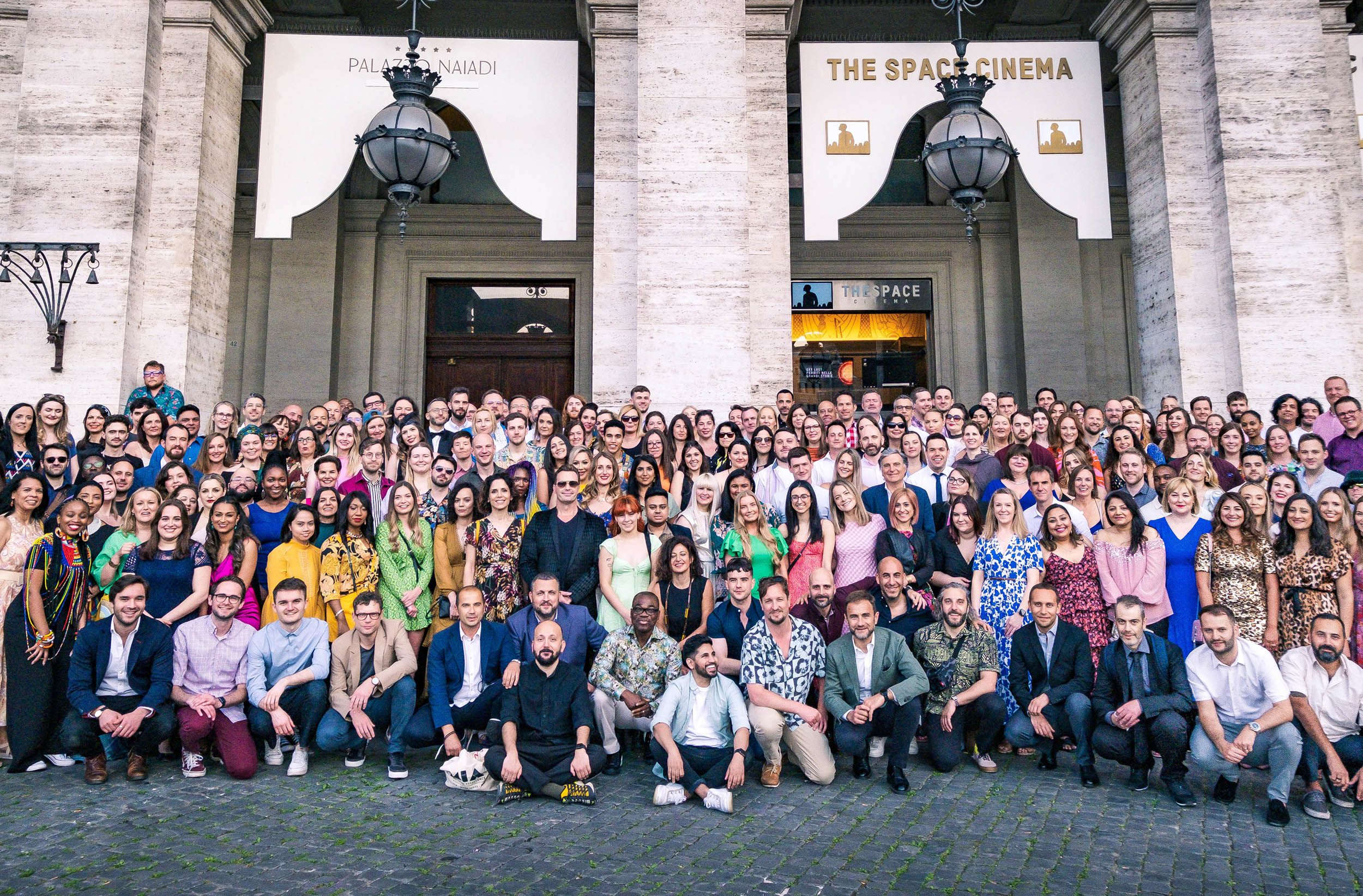The best cultures are #builtwithworkvivo
See how Evri, one of the UK's largest parcel delivery companies, brings its culture to life with Workvivo!

We went with Workvivo because it was an out-of-the-box solution for us. All of our crew could download the app onto their devices very, very quickly, and we got it going within about six weeks of that first initial project meeting
Mark Duffy
Director of Talent at Ryanair
Hear directly from the voice of our customers
Hear directly from the voice of our customers
customer voice
customer voice
How Kent built an authentic company culture with Workvivo
customer voice
SJC putting a stop to silos and dinosaur systems
customer voice
How Ryanair took flight with Workvivo

Workvivo has transformed our #OneTeam culture and at a time where it was truly tested, it enabled us to evolve in a way we didn’t even know was possible!
Rachael Quinlan
Head of Employee Experience at CluneTech
“Our team's initial response shows that they CRAVE this new platform”
As a Certified Great Place to Work, we're committed to how we communicate, connect and engage our team. We've created an inclusive digital community with Workvivo to share our memorable moments and give everyone a voice.
White Castle
Fast-food hamburger chain | Ohio
“Keep up to date with everything that is going on in the organization”
Workvivo is an amazing application as it helps the employees connect with each other and share their activities with other processess.
Sai Niko
Training Specialist | Enterprise
"Platform for connecting"
The ability to connect to the team and get to know about activities and celebrations around the company. Makes connecting to people an easy process and be the part of various activities.
Pavan S.
Mid-Market
"Easy & Friendly to use"
Has helped the team to focus all communications on one platform, the use of the spaces has created an engagement in our community and helped to solve the issues about communications related to all the activities we have for our WFH teams and working on-site employees.
Roberto G.
Coordinador de Cultura | Enterprise
"Workvivo as a way to communicate, learn and Engage"
Workvivo is a great platform, it is user friendly and it helps to communicate not just with the team but to the whole community. At Workvivo we can also share our ideas which can be helpful to others.
Natalie C.
SPS Associate | Mid-Market
“It's much more of a community"
We’re building our culture on Workvivo. It’s much more of a community than one-way communication.
Gene King
Head of Comms | Compucom
See how Valaris connected it's global workplace together in one place


